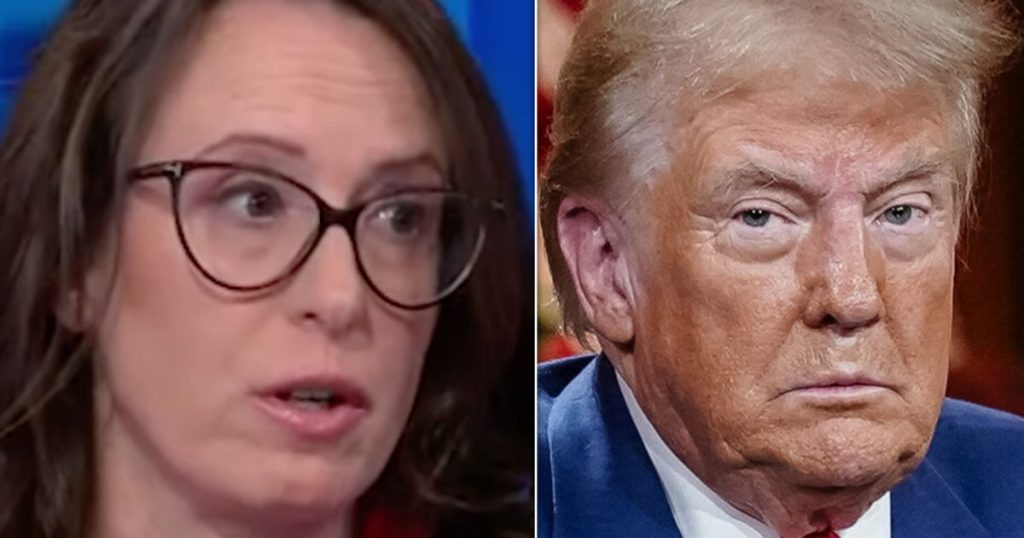Maggie Haberman from The New York Times commented on Donald Trump’s increasingly rambling answers to questions, which he has attributed to a speaking tactic called the “weave.” She noted that his speeches have become longer and more incoherent since leaving office, stretching to 90 minutes at times. Haberman suggested that the term “weave” is simply a PR move to explain why Trump is speaking in this way. She also mentioned that Trump’s behavior sometimes seems devoid of context and lacks coherence, which she partially attributes to his age.
Trump, who turned 78 in June, became the oldest ever presidential nominee in July after Joe Biden dropped out of the race and endorsed Kamala Harris. Haberman pointed out that as people age, they may lose some of their filter, leading to more unfiltered and disjointed speech patterns. Sources close to Trump have also observed that he has appeared somewhat different since the attempt on his life in July and Biden’s decision to exit the race. This suggests that external events may also be impacting Trump’s behavior and speech.
The former president’s speeches were reported to be much shorter when he was in office, with his current rambling style prompting his aides to work on reducing the length. Haberman indicated that Trump’s speaking style has become more discursive and less coherent compared to his time in office. Despite attempts to reign in his speeches, Trump continues to speak for extended periods, often without a clear focus or direction. This change in speaking style has raised concerns about his cognitive abilities and mental acuity.
Haberman’s long history of reporting on Trump has given her insights into his behavior and tendencies. Trump’s frequent attacks on the media, including Haberman, suggest a level of frustration with the coverage he receives. However, her analysis of his speaking style goes beyond personal vendettas, focusing instead on the noticeable shift in his communication patterns. Trump’s tendency to go off on long tangents and weave in different topics during his speeches may be a reflection of his current mindset and approach to public speaking.
As Trump continues to campaign for the GOP nomination, his speeches and public appearances will be closely scrutinized for any signs of cognitive decline or mental deterioration. Haberman’s observations offer a nuanced understanding of Trump’s current behavior and suggest that age, external events, and possibly other factors may be influencing his speaking style. Whether Trump’s rambling answers are strategic or indicative of a deeper issue remains to be seen, but his evolving communication patterns have raised questions about his fitness for the presidency.


